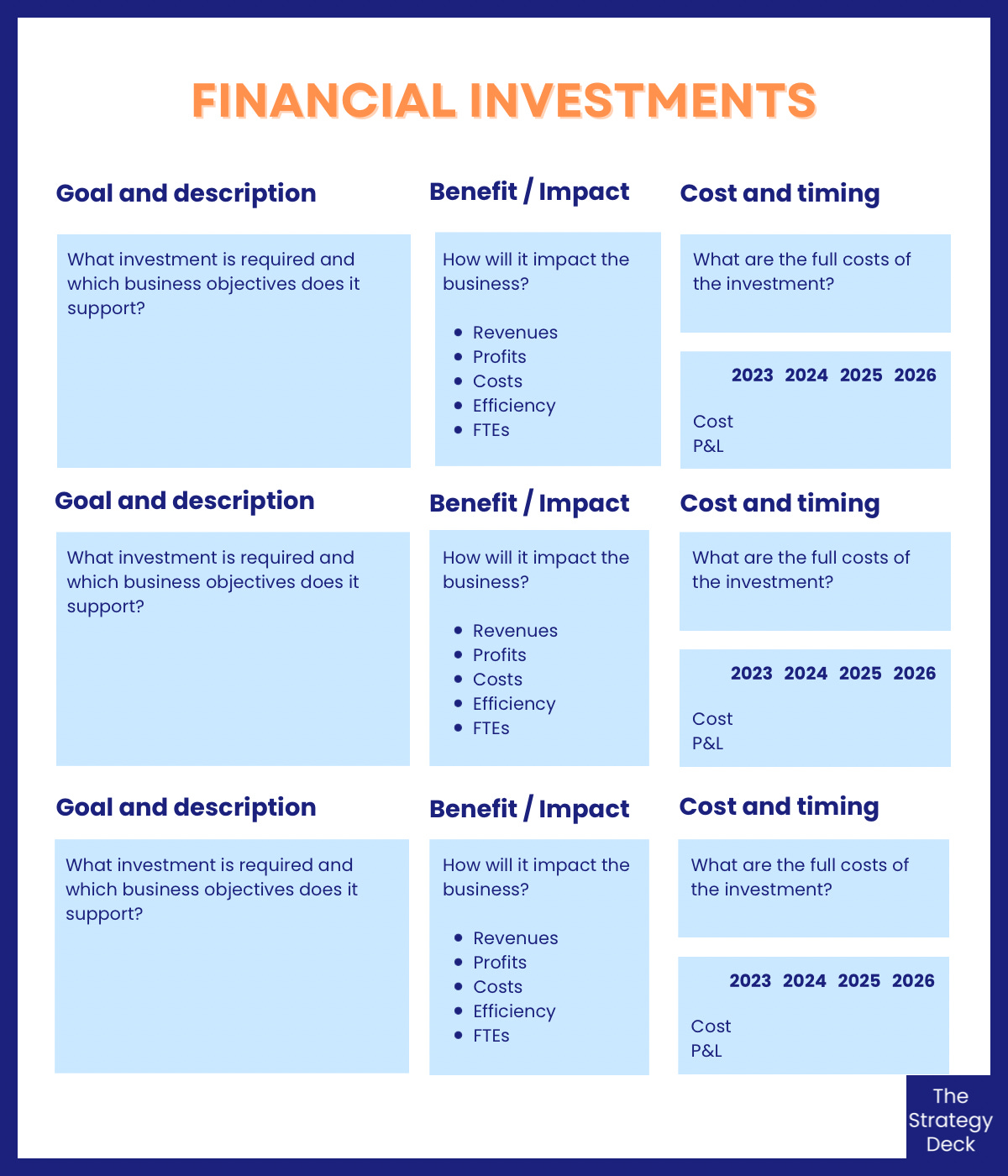New Frameworks: International Expansion, Financial Investments, Strategic Levels of Impact
How to make decisions for expansion into international markets, plan financial investments and measure the scope of the strategy you want to build.
Here are 3 new frameworks I’ve been using to help new and larger start-ups grow their footprint. They span business and product strategy, as they often work hand-in-hand and are dependent on each other. If you have questions on how to use them or adapt them to your use case, reach out to me.
1. International Expansion
Moving into international markets is not just about adapting your product strategy. It’s a more complex process that includes selecting the right target countries, the appropriate business model and the adaptations to operations needed to be successful abroad. The more you expand, the more likely it is that you will need to become a global business and adapt your product and operations to require minimal localization. Here are the key perspectives and questions you need to answer to develop a successful expansion plan.
🔹 BUSINESS OBJECTIVES - Why are you looking to expand?
🔹 TARGET EXPANSION MARKETS - What type of markets best fit your company?
🔹 OPERATING STRUCTURE - What is the business model?
🔹 PRODUCT / SERVICE LOCALIZATION - How do you adapt your offering?
🔹 INTERNATIONAL OPERATIONS - How will you expand your operations?
🔹 GLOBAL CULTURE - How will you become a global company?
Download it and other frameworks from The Strategy Deck’s Resources page.
2. Financial Investments Planning
Whether a business or product strategy, it is not complete without an analysis of the financial investments required to implement it and their cost to the company. To develop financial perspective, list the major investments required and explain:
🔹 What business objective does it support?
🔹How will it impact key metrics, such as Revenues, Profits, Costs, Efficiency and FTEs?
🔹What is the full cost of the investment?
🔹 How is the cost spread out in the coming years?
Download it and other frameworks from The Strategy Deck’s Resources page.
3. Level of Impact of Strategy
The strategy you develop will have different degrees of impact on the business and industry, depending on the company’s needs. The size and focus area are part of the initial stages of scoping out strategy work.
There are 3 levels of impact that you can aim for:
🔹 Incremental Changes to the Business
🔎 Definition: Improvements to your product(s) and operations to better adapt to the market
🔎 Objective: Grow or maintain marketshare, revenues, profits in order to grow your ability to compete
🔎 Focus of the strategy is on: improvements to customer value proposition and positioning, optimizations to Product - Market Fit, changes to business model, adoption of new distribution channels, expansion into new geographies and adjacent customer segments
🔹 Position in Market of the Company
🔎 Definition: Deeper investments to change the way your company competes and its position within its category (e.g. Market Leader, Fast Follower, etc.)
🔎 Objective: Change the organizational structure and core capabilities of the company to become a different kind of player
🔎 Focus of the strategy is on: investments into new core capabilities and changes to the innovation model and focus to become one of: Market Leader, Fast, Follower, Innovative Contender or Preparer to Exit
🔹 Changes in Industry Structure
🔎 Definition: Investments that will affect the level of consolidation and market power within several parts of the industry
🔎 Objective: Increase or reduce the exposure of the business to the value chain
🔎 Focus of the strategy is on: Entry and exit into new markets / categories, verticalization, M&A and joint ventures, consolidation, divestiture
As always, download it and other frameworks from The Strategy Deck’s Resources page.







